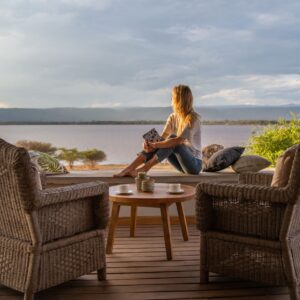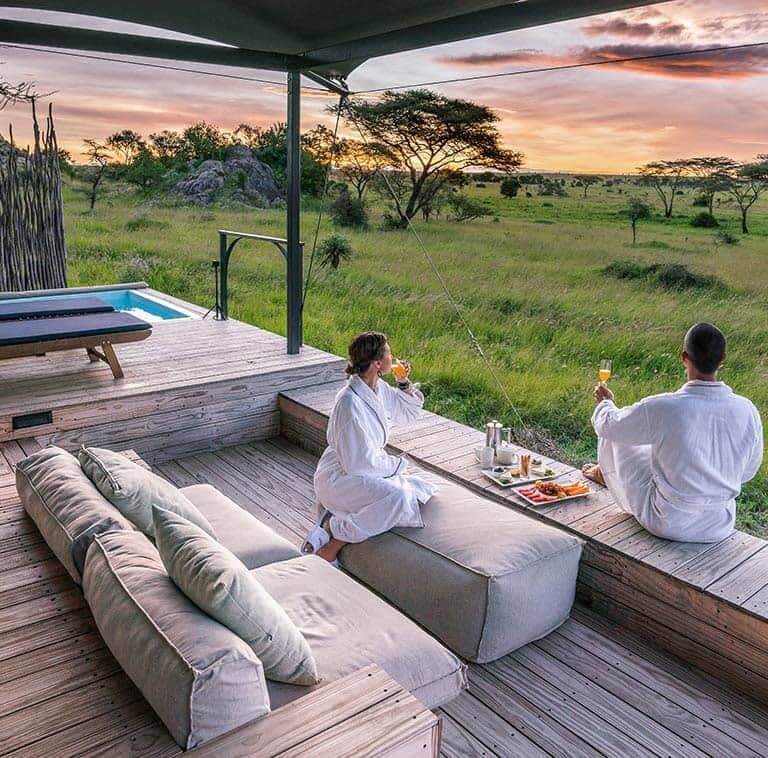When not to climb Kilimanjaro? Avoid March, April, and May.
Among the various months throughout the year, March, April, and May present unique challenges for climbers aspiring to reach Kilimanjaro’s summit. These months coincide with the long rainy season in Tanzania, characterized by heavy downpours and unpredictable weather patterns. As such, attempting to climb Kilimanjaro during this period can pose significant obstacles, including:
- Poor Visibility: Persistent rainfall often obscures the breathtaking views that Kilimanjaro is renowned for, diminishing the overall experience for climbers.
- Increased Risk of Accidents: Slippery trails and muddy conditions elevate the risk of accidents and injuries, compromising safety on the mountain.
- Limited Accessibility: Adverse weather conditions may lead to temporary closures of certain routes, restricting access to the summit and disrupting planned itineraries.
High Chance of Rain and Cloud Cover
March, April, and May coincide with the long rainy season in Tanzania,. Significantly increasing the likelihood of encountering adverse weather conditions during your climb. Heavy rainfall and thick cloud cover can obscure the breathtaking vistas that Kilimanjaro is renowned for. Robbing climbers of the awe-inspiring panoramic views they anticipate. Moreover, navigating slippery trails amidst rainfall poses safety risks and diminishes the overall trekking experience.
Higher Risk of Altitude Sickness
Altitude sickness, also known as acute mountain sickness (AMS), is a common concern for climbers ascending to high altitudes. During the months of March, April, and May, the risk of altitude sickness escalates due to the combination of increased precipitation and lower temperatures. The body’s ability to acclimatize may be compromised. Leading to symptoms such as headaches, nausea, and fatigue, thereby jeopardizing the success of your ascent.
Trail Erosion and Closed Routes
The incessant rainfall during the rainy season contributes to trail erosion and poses challenges for climbers attempting to moving their way to the summit. Portions of the trails may become unstable or impassable, necessitating route diversions. Or, in extreme cases, closure of certain routes by park authorities for safety reasons. Such disruptions can disrupt your climbing program, prolong your ascent, or even force an untimely retreat from the mountain.
Limited Views and Wildlife Sightings
One of the most enchanting aspects of climbing Kilimanjaro is the opportunity to witness the diverse ecosystems and wildlife that inhabit its slopes. However, the rainy season diminishes these experiences as the dense cloud cover obscures visibility and hampers wildlife viewing. Trekkers may miss out on spotting indigenous species such as colobus monkeys. Duikers, and various bird species that thrive in Kilimanjaro’s unique ecological zones. During the rainy season, Mount Kilimanjaro is incredibly stunning and vividly green. After a rain, nature genuinely comes to life!
Poor Climbing Conditions
March, April, and May present suboptimal climbing conditions featured by muddy trails. Slippery surfaces, and cold temperatures, especially at higher elevations. These adverse conditions not only impede progress but also increase the physical exertion required to ascend the mountain. Climbers must contend with the added challenge of maintain stability and traction, making the ascent more arduous and potentially hazardous.
If you’re not feeling well:
Climbing Kilimanjaro is a strenuous activity, so it’s important to be in good health before you start your trek. If you have a cold, the flu, or any other illness, it’s best to wait until you’re feeling better to avoid getting worse at altitude.
Alternatives for Climbing Kilimanjaro
If your only available time falls within March, April, and May, fear not. Experienced hikers who want to avoid crowds and don’t mind unpredictable weather can still undertake the trek. However, by planning and research are essential to ensure a successful climb during these months.
While March, April, and May present challenges for hikers. There are optimal alternatives that offer ideal conditions for a successful Kilimanjaro adventure. Consider scheduling your climb during the following periods to maximize your chances of getting the summit:
- June to October: This period marks the dry season in Tanzania, featured by clear skies, mild temperatures, and minimal rainfall. These nice conditions provide optimal seen and enhance the overall climbing experience.
- November to December: Despite some showers, this period is considered favorable for climbing, with fewer crowds compared to the peak season.
- December to February: Another prime window for climbing Kilimanjaro. The months of December to February offer similar advantages to the dry season. With pleasant weather conditions nice to summit success
Consider Alternative Routes
If you’re set on climbing Kilimanjaro during the long rainy season, consider alternative routes that may offer better conditions. Routes like the Rongai and Northern Circuit are less affected by rainfall and provide a unique trekking experience.
Consult with Experienced Guides
Before planning your climb, consult with experienced guides or tour operators who can provide valuable insights into the best time to tackle Kilimanjaro based on your preferences and experience level.
Stay Informed
Keep an eye on weather forecasts and updates from Kilimanjaro National Park authorities to make informed decisions about your climb. Flexibility is key when planning a Kilimanjaro expedition to ensure a safe and enjoyable experience.
Why avoid climbing Kilimanjaro in March, April, and May?
This is the long rainy season on Kilimanjaro, which brings several challenges:
Muddy trails: Increased risk of sliding and falls.
Soaked camps: Uncomfortable and potentially dangers.
Limited views: Clouds obscure the Kilimanjaro scenery.
Higher chance of altitude sickness due to stress on the body. Advantages is there can be fewer crowds on the mountain during this time.
What are the risks of climbing Kilimanjaro during March, April, and May?
Climbing Kilimanjaro during these months poses risks such as heavy rainfall, poor visibility, increased risk of altitude sickness, and limited summit success.
Are there any alternative routes to consider during the long rainy season?
Yes, routes like the Rongai and Northern Circuit are less affected by rainfall and offer alternative trekking experiences during the long rainy season.
How can I minimize the risk of altitude sickness when climbing Kilimanjaro?
Proper acclimatization, staying hydrated, and ascending slowly are essential strategies for minimizing the risk of altitude sickness when climbing Kilimanjaro.
What should I pack for a Kilimanjaro climb during the long rainy season?
Pack waterproof gear, sturdy hiking boots, warm layers, and dry bags to protect your belongings from the rain and cold temperatures.
Is it possible to summit Kilimanjaro during March, April, or May?
While it’s technically possible, summiting Kilimanjaro during these months is challenging due to adverse weather conditions and increased risks.
What are Five Kilimanjaro’s Climatic Zones?
Kilimanjaro boasts five distinct climatic zones, each with its own unique characteristics. These zones, ranging from lush rainforest to arctic conditions, greatly influence the overall trekking experience and summit success rates.
- Cultivated Zone: At the base of the mountain lies the cultivated zone, characterized by fertile soil and vibrant vegetation.
- Rainforest Zone: Moving upward, climbers enter the lush rainforest zone, where towering trees and abundant wildlife create a verdant oasis.
- Heath and Moorland Zone: Transitioning from dense forest to open moorland, this zone offers panoramic vistas and unique flora, such as giant lobelias and senecios.
- Alpine Desert Zone: As altitude increases, the landscape transforms into an otherworldly alpine desert, with rocky terrain and sparse vegetation.
- Arctic Zone: Finally, reaching the summit, climbers encounter the arctic zone, characterized by freezing temperatures, glaciers, and breathtaking views.








